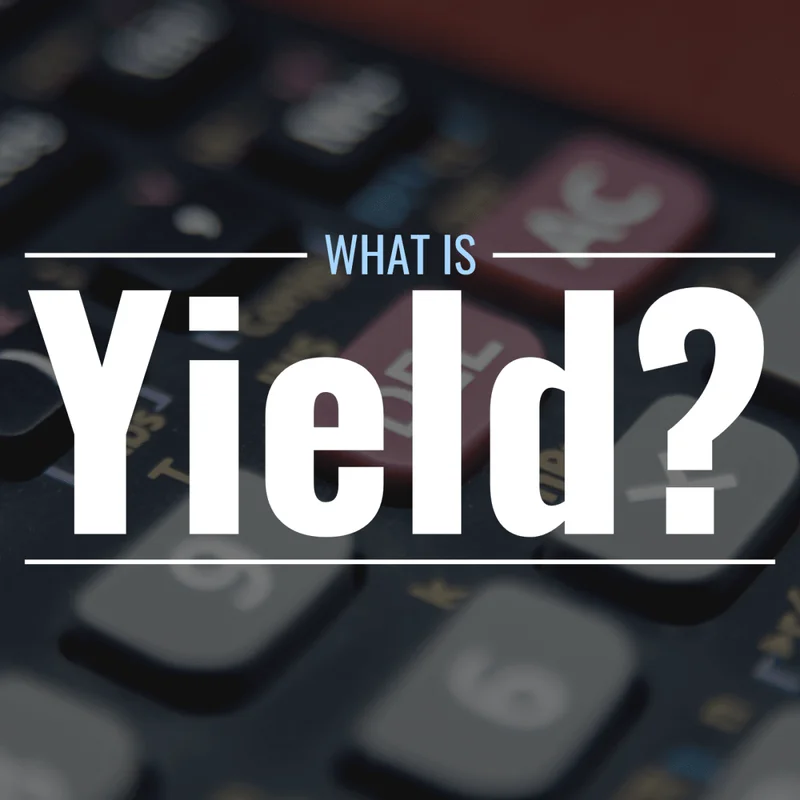XLM Insight | Stellar Lumens News, Price Trends & Guides
XLM Insight | Stellar Lumens News, Price Trends & Guides
So, here we go again. Another week, another "revolutionary" DeFi protocol gets anointed by the crypto kingmakers at Binance. This time, it’s called Yield Basis (YB), and it’s here to solve one of DeFi’s original sins: Impermanent Loss. They’ve got a slick whitepaper, a token with a four-letter ticker, and a multi-million dollar airdrop to get the party started.
I can almost picture the scene right now. Thousands of traders, hunched over their monitors in darkened rooms, the glow of a Binance chart illuminating their faces. The air is thick with the smell of stale coffee and pure, uncut hopium. They’re waiting for that first green candle, the one that validates their genius for getting in on the ground floor.
Give me a break. We’ve seen this movie a hundred times, and while the actors change, the script rarely does.
Let’s get one thing straight. The marketing pitch for Yield Basis is a masterpiece of corporate-speak wrapped in a veneer of decentralization. They claim to address the "widespread threat of Impermanent Loss (IL)." For anyone who’s ever provided liquidity to a pool, you know IL is that silent thief that siphons value from your wallet when the prices of your paired assets drift apart. It’s the reason your "yield farming" adventure often ends with you holding less than if you’d just held the damn tokens.
Yield Basis says they have the cure. But when you dig past the buzzwords like "recursive leveraged liquidity" and "strategic utilization of crvUSD," you find a very clever little sentence. It says YB doesn't truly "eliminate" IL. Instead, its mechanism "effectively transforms the risk."
Let that sink in. It doesn't eliminate the risk. It transforms it.
This is a beautiful, almost poetic, piece of misdirection. It’s like a doctor telling you they can’t cure your cancer, but they can move it from your liver to your lungs and call it "organ diversification." The underlying problem is still there; it just has a new name and lives in a different neighborhood. YB swaps out the devil you know (IL) for devils you might not (funding rate risk, basis risk). Is that really a solution, or is it just a financial shell game designed to look like one? They’re a magician distracting you with the promise of amplified APYs in one hand, while the other hand is busy swapping your straightforward market risk for a complex, opaque derivatives risk.

And they’re building this on top of Curve, the bedrock of stable-asset swaps. It’s a smart move, piggybacking on a trusted name to lend your new, high-risk contraption an air of legitimacy. But does leveraging a stable platform make an inherently unstable idea safe? Or does it just put the foundation at risk when things inevitably go sideways? I'm not seeing answers, just more questions.
Now, let's talk about the real genius here—and it ain't the tech. It’s the launch strategy. Binance isn't just listing YB; they’re rolling out the red carpet with their Yield Basis (YB) to Binance HODLer Airdrops program. They're dropping 10 million YB tokens into the accounts of people who were already staking BNB. It’s a reward for loyalty, a gift from the crypto gods.
It's a brilliant move. No, 'brilliant' isn't the word—it's predatory. It costs them nothing and instantly creates a massive base of token holders who got their bags for free. These people have zero cost basis. They feel like they’re playing with house money, making them far more likely to hold, shill, and generate the initial wave of social media hype needed to attract fresh liquidity. It’s astroturfing at its most efficient.
Then you look at the tokenomics. The maximum supply is a billion tokens, but the circulating supply at listing is just under 88 million. That’s a paltry 12.56% of the total supply (and less than 9% of the max). This is textbook token launch strategy. You create artificial scarcity right out of the gate, ensuring that the slightest bit of buying pressure sends the price rocketing skyward. The low float is a tinderbox, and the Yield Basis (YB) - Binance Listing - 15 Oct 2025 is the match.
Who holds the other 87.44%? The team? Early investors? "Ecosystem funds"? The documents are, offcourse, a bit vague on the precise vesting schedules. But we all know what happens eventually. Once the price is high enough, once the retail FOMO is at its peak, those locked tokens will start to unlock. And when they do, they'll create a tidal wave of sell pressure that will wash away the gains of anyone who bought the top. It’s a story as old as crypto itself. And honestly, it’s getting boring. It’s like every project founder read the same "How to Launch Your Token for Dummies" pamphlet.
Then again, maybe I'm the crazy one here. Maybe this time is different. Maybe Yield Basis has truly cracked the code, and we're all going to be rich while simultaneously solving a fundamental economic paradox of decentralized markets.
Yeah, and maybe I’ll grow wings and fly to the moon.
Let's be real. This isn't about solving Impermanent Loss. It's about manufacturing hype. It's about using airdrops and a low-float listing on the world's biggest exchange to engineer a price surge. The "protocol" is just the backstory, the narrative justification for the token. The real product isn't a DeFi tool; it's a speculative asset, a beautifully packaged lottery ticket for a market addicted to them. And while it might make a few insiders and lucky airdrop recipients rich, it's built on the same shaky foundation of manufactured scarcity and future sell pressure that has defined a thousand tokens before it. Good luck to everyone playing, but don't call it an investment. Call it what it is: a trip to the casino.